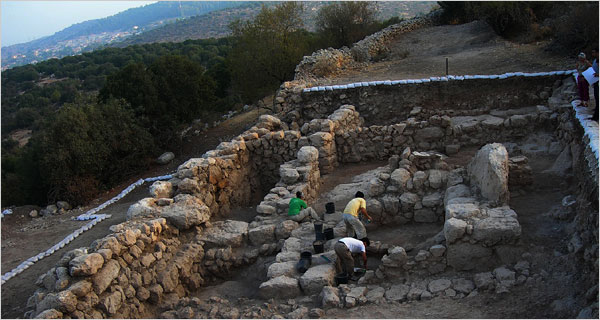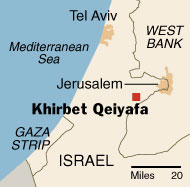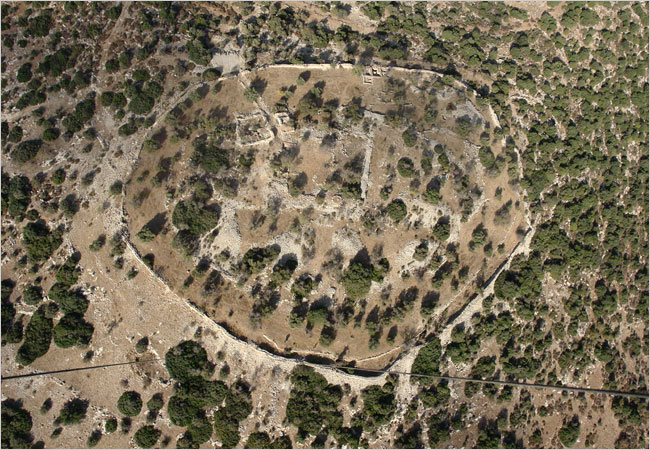| Want to send this page or a link to a friend? Click on mail at the top of this window. |
More Special Reports |
| Posted October 30, 2008 |
| International |
| Find of Ancient City Could Alter |
| Notions of Biblical David |
|
|
|
 |
|
| PHOTOGRAPHS FROM HEBREW UNIVERSITY | |
| Archaeologists excavating the remains of a city near Jerusalem, in the valley where the Bible says David defeated Goliath. |
| By ETHAN BRONNER |
|
|
|
 |
|
| THE NEW YORK TIMES | |
| The city at Khirbet Qeiyafa is some 3,000 years old. | |
|
|
|
|
|
 |
|
| An aerial view of the site of the excavation at Khirbet Qeiyafa, overlooking the verdant Valley of elah. | |
|
|
| Wehaitians.com, the scholarly journal of democracy and human rights |
| More from wehaitians.com |